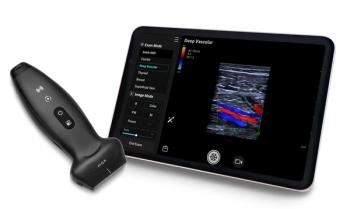
Telehealth on hold: What is the scope and scale of telehealth now?
A policy expert of the American Telemedicine Association reacts to the suspension of flexibilities for telehealth care in traditional Medicare.
Just how big have telemedical services grown to be part of the U.S. health care system? Use now is exponentially greater than just a few years ago. Kyle Zebley is senior vice president, public policy, of the American Telemedicine Association, and executive director of ATA Action, its advocacy affiliate, discusses the current usage of telehealth across health care.
Medical Economics: With the growth that has taken place over the last five years, can you give an idea about the current scope and scale of telehealth usage, both in Medicare and in private insurance?
Kyle Zebley: It is a magnitude of many times exponentially greater than it had been prior to the pandemic, prior to the start of this decade of the 2020s. In the Medicare program, roughly one out of four Medicare beneficiaries use it in a given year. We're talking about 7 million Americans who rely on Medicare fee for service, for telehealth access. In terms of total visits that are virtual, the Medicare program is approximating about 13% of total visits that are reimbursed are virtual in nature. And if you look at commercial insurance, we're somewhere in that similar range, of course with lots of variables based on types of payers and states and regions and also, of course, the types of services. But it's overwhelmingly increased from a negligible amount prior to the pandemic to become a sustained, integrated, dependable — with a big caveat there — aspect of our health care system.
Newsletter
Stay informed and empowered with Medical Economics enewsletter, delivering expert insights, financial strategies, practice management tips and technology trends — tailored for today’s physicians.


















